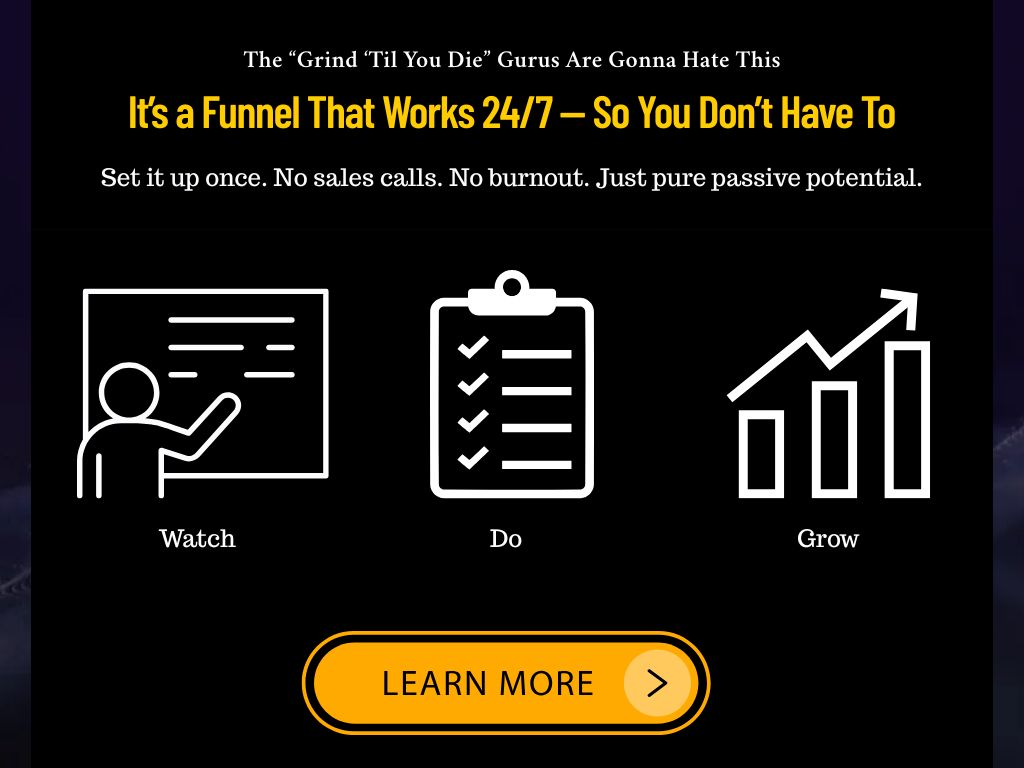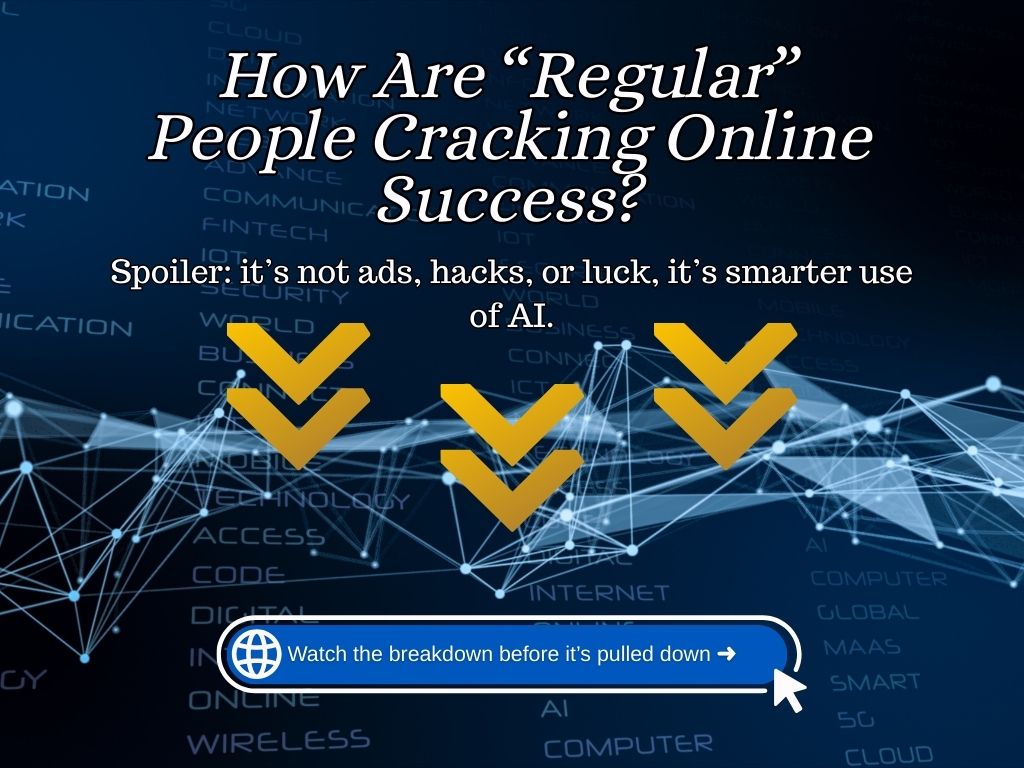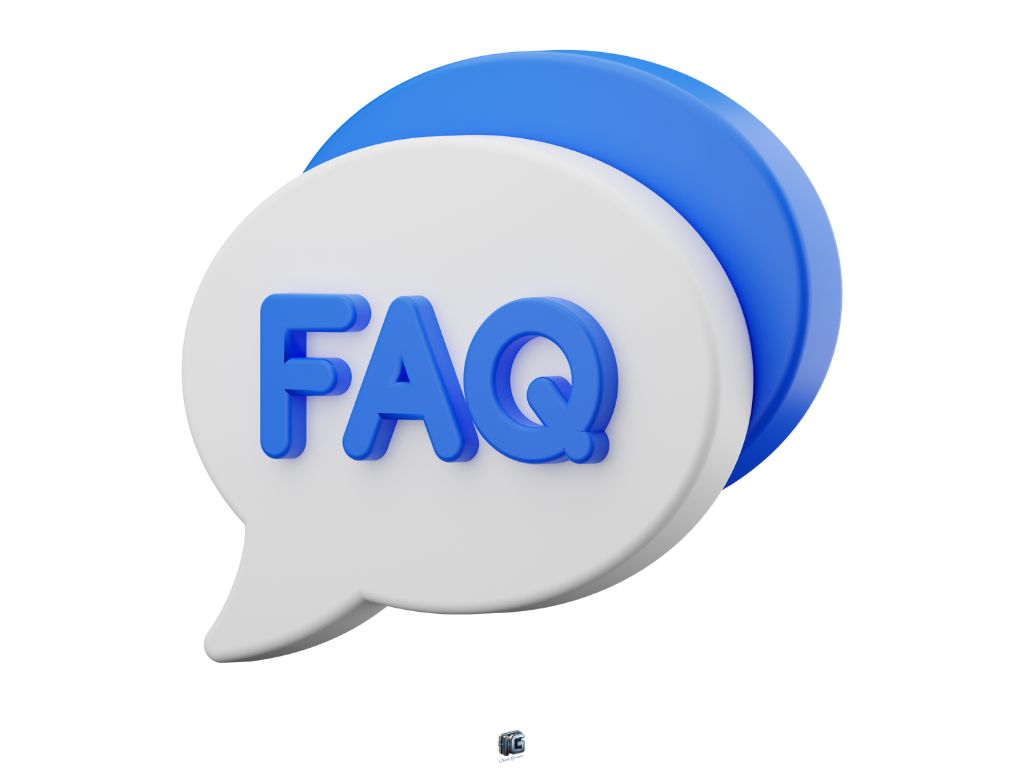Introduction: Why Strategy Is Everything in Affiliate Marketing
Every affiliate marketer claims to have a “secret,” but there’s only one real difference between those who scrape by and those who pull in wild commissions month after month: strategy.
Affiliate marketing strategies aren’t just a list of hacks or the latest TikTok trends. They’re the step-by-step blueprints that transform random promotions into predictable, growing revenue streams. Ignore them, and you’re just another link in the crowd hoping for luck that never comes.
So what actually works in 2025? You’re about to see the proven strategies that top affiliates use to drive traffic, win trust, and multiply their earnings while everyone else is stuck in the guessing game.
Key Takeaways: What Every Profitable Affiliate Does Differently
- Strategy isn’t optional, it’s your advantage. Top earners don’t rely on luck or trends; they follow proven blueprints and adapt fast.
- Niche and offer selection are make-or-break. Real profit starts with the right market and products your audience actually wants.
- Your platform is your credibility. Build a site or presence that’s fast, mobile-ready, and dripping with trust signals.
- Content isn’t just filler it’s your authority engine. Mix formats, get brutally honest, and always answer the questions nobody else will.
- Email and social are where relationships (and conversions) live. Nurture your list. Show up where your audience hangs out. Interact, don’t just broadcast.
- Paid ads aren’t magic, they’re math. Test small, retarget smart, and never waste a dollar on guesswork.
- Trust is the conversion multiplier. Be radically transparent, use real proof, and focus on helping not just selling.
- Winners measure, optimize, and scale relentlessly. Track every metric, run experiments, and automate what works.
- Future-proof by riding trends early, not late. Embrace AI, mobile, subscriptions, and data privacy before they’re mainstream.
Copy these principles, and you’re already ahead of 90% of affiliates still lost in the noise.

📊 Top Affiliate Marketing Strategies at a Glance
| Strategy | Why It Works | Best For | Mistake to Avoid |
|---|---|---|---|
| Niche & Offer Selection | Aligns products with real audience needs, ensuring relevance & higher conversions | Beginners choosing their first market | Chasing high commissions on products nobody buys |
| High-Converting Platform | Builds trust and credibility with owned space (website/landing page) | Affiliates wanting long-term stability | Relying only on social media “rented” platforms |
| Content Marketing | SEO-driven blogs, comparison guides, and reviews generate authority & organic traffic | Evergreen niches (finance, health, SaaS) | Writing generic “me too” content that adds no value |
| Email Marketing | Direct access to your audience with nurturing sequences that drive repeat sales | Affiliates building long-term customer relationships | Treating emails like spammy broadcasts instead of conversations |
| Social Media & Influencers | Expands reach, creates engagement, and builds community trust | Lifestyle niches (beauty, fitness, travel) | Overposting affiliate links without authentic interaction |
| Paid Traffic & PPC | Scales results fast with testing, retargeting, and data-driven campaigns | Experienced affiliates with budget to reinvest | Running ads without tracking ROI or ignoring compliance |
| Building Trust & Transparency | Boosts conversions by showing proof, being honest, and disclosing links | All niches, especially high-ticket offers | Overhyping products or hiding affiliate relationships |
| Measuring & Optimizing | Ensures continuous improvement through A/B testing and tracking KPIs | Affiliates wanting scalable, predictable income | Guessing instead of using data-driven insights |
| Future-Proofing Strategies | Keeps you ahead by adopting AI, video, subscriptions, and privacy-first tactics early | Affiliates aiming for long-term growth | Relying on outdated tactics or one traffic source |

Affiliate Marketing 101: Core Concepts That Still Matter
At its core, affiliate marketing is simple: You promote someone else’s product or service and earn a commission for every sale, lead, or action you drive. Sounds easy, right? That’s why most people fail.
The truth is, luck plays zero role in long-term affiliate success. Every winning marketer builds on timeless fundamentals: choosing offers that solve real problems, reaching audiences who trust them, and using strategies that scale with data not hope.
It’s not about quick wins. It’s about building a machine that grows, adapts, and pays out no matter how the market shifts.

The Foundation: Choosing the Right Niche and Offers
This is where most affiliates sabotage their own success. Pick the wrong niche, and no amount of marketing “hacks” will save you. Pick the right one, and even average strategies start to work.
How do top affiliates choose a niche?
They hunt for audiences with burning problems and proven spending habits. High-paying, evergreen niches like SaaS, finance, fitness, or personal development often attract committed buyers. But here’s the trick: profit only follows trust. If you don’t believe in what you’re promoting, your audience won’t either.
Next step: pick offers that convert.
Ignore programs that pay high commissions but never actually sell. Look for offers with great reputations, real testimonials, and clear value to the end user. Before you join, research how other affiliates are performing and read the fine print on payouts, cookie windows, and support.
The truth? Authenticity beats hype, every time. Trust is the foundation of every successful affiliate business. When you align your niche, your offers, and your audience, you stop chasing commissions and start building real momentum.

Building a High-Converting Affiliate Platform
Your platform is your launchpad and if it’s weak, every strategy fails before it starts. The question isn’t “website or social?” It’s what platform turns attention into action for your audience?
Website, landing page, or social?
- For most affiliates, a well-optimized website is non-negotiable. It gives you control, authority, and the power to build trust at scale.
- Landing pages are your conversion engines. Use them for specific offers, with tight copy and zero distractions.
- Social media can amplify reach, but it’s rented space. Algorithms change. Platforms vanish. Build your base somewhere you control.
Must-have elements for trust and conversions:
- Fast loading speed (slow sites kill sales)
- Mobile-first design (most traffic comes from phones)
- Clear, bold CTAs (don’t make readers guess what to do next)
- Social proof: testimonials, case studies, reviews
- Professional branding no DIY logos, no walls of text
Optimize for user experience: Every click, scroll, and tap should feel effortless. Navigation should be simple. Value should be obvious. The best affiliate sites make taking action irresistible.
Want to win? Don’t just copy your competitors. Build a platform your audience can’t ignore.

Content Strategies That Dominate Your Niche
Most affiliates drown in a sea of “me too” content and wonder why nothing converts. Top earners do it differently; they turn content into an engine for trust, traffic, and commissions.
SEO-driven blog posts and comparison guides: Don’t just write product reviews create in-depth, honest comparisons that answer the real questions your audience is searching for. Use tools like Ahrefs or Google Keyword Planner to find topics your competitors miss.
Mix your formats:
- Video is exploding especially for reviews and how-tos. Short, honest demos or behind-the-scenes content often crushes “polished” promo videos.
- Email lets you nurture trust and pitch offers when subscribers are most engaged.
- Social media is where you amplify reach, spark conversations, and send traffic back to your site or offers.
The secret weapon? Storytelling and transparency.
Share your own experience. Admit what didn’t work. Readers crave authenticity and Google rewards sites that offer real, valuable answers instead of generic hype.
The formula: Answer the questions people are really asking, show proof, and don’t be afraid to call out what’s overrated.

Email Marketing Mastery for Affiliates
Here’s what separates the amateurs from the affiliates with predictable, repeatable sales: they own their audience with email.
Build and segment your list from day one. Don’t just chase big numbers, focus on attracting subscribers who actually want your advice and recommendations. Use irresistible lead magnets: exclusive guides, cheat sheets, or mini-courses tied directly to your niche.
High-conversion email sequences: The money is in the follow-up. Create automated sequences that welcome new subscribers, deliver value first, and only then introduce your affiliate offers. Every email should have a single, clear CTA, no rambling, no confusion.
Hooks that actually get clicks:
- Personalize your subject lines and content.
- Create urgency or curiosity (but never mislead).
- Use short paragraphs, plenty of white space, and visuals to keep emails scannable.
Don’t forget compliance: Follow GDPR, CAN-SPAM, and other rules. Make it easy to unsubscribe. Protect your sender reputation by regularly cleaning your list.
The real secret? Treat every email like a conversation, not a broadcast. The affiliates who listen, respond, and add value are the ones subscribers actually buy from.
Social Media & Influencer Strategies for 2024
Social media is crowded. Most affiliates show up, post links, and wonder why nothing sticks. Top performers? They show up where their audience actually hangs out and they stand out with value, not noise.
Where to show up and what to ignore: Don’t waste time on every platform. Double down on the two channels your niche audience checks daily. For many, that’s Instagram, YouTube, or TikTok. For B2B, it’s often LinkedIn or Twitter.
Leverage micro-influencers: You don’t need a million followers. Micro-influencers (with 1k–50k fans) drive higher engagement and trust. Partner with those already respected in your niche, and watch your reach and credibility soar.
Algorithm hacks and compliance: Stay current with platform changes what worked last year might be dead weight today. Always disclose affiliate links and sponsorships. Transparency not only keeps you compliant, it builds trust.
Content that wins: Forget spammy promo posts. Create authentic reviews, live demos, and interactive Q&As. Answer questions in the comments. Start real conversations. The more value you give, the more your audience listens.
The real magic? Social isn’t just a broadcast it’s a relationship builder. Affiliates who interact, help, and connect see bigger results (and long-term followers who buy).

Paid Traffic & PPC: When to Use It, and How to Profit
Some affiliates shy away from paid traffic, convinced it’s too risky. But the ones scaling fastest? They treat paid ads as their secret weapon for instant results.
Smart ways to test and scale: Start small with Google Ads, Facebook, or YouTube. Test new offers with minimal spend and let the data show you what converts before you pour in serious cash. Track every click, cost, and conversion. Kill losers fast, and double down on winners.
Retargeting is your ROI multiplier: Most visitors won’t buy the first time. Set up retargeting ads to follow prospects across the web. Remind them of what they’re missing and close the sale when they’re ready.
Avoid costly mistakes:
- Never “set and forget” your ads. Markets shift so do prices.
- Don’t copy-paste generic creatives; make ads that speak directly to your ideal buyer.
- Watch out for platforms that don’t allow affiliate links, read the fine print before you launch.
Real-world funnel examples: Top affiliates run paid traffic to high-value lead magnets (free downloads, checklists, webinars), capture email, then nurture with follow-up sequences that introduce their best offers.
Paid traffic is not for gamblers, it’s for affiliates who use data, test relentlessly, and let math decide every move. Play it right, and you unlock growth that organic alone could never touch.

Building Trust: The Hidden Key to Affiliate Conversions
Forget every trick, hack, or “secret” you’ve read trust is the ultimate conversion tool. If your audience doubts you for a second, your links won’t get clicked and your commissions will disappear.
The transparency formula for 2024:
Always disclose your affiliate relationships. Readers respect honesty, pretending you’re not getting paid kills trust faster than any bad product ever could.
Share real case studies and your own results. Show both the wins and the failures. If you only hype what works and hide what doesn’t, your audience tunes out.
Social proof sells: Testimonials, screenshots, real reviews, and user feedback all matter more than polished sales copy. If you can, use video proof seeing is believing.
Authority triggers: Guest posts, expert interviews, and industry awards all make you stand out. The more credible you appear, the more likely people are to trust your recommendations.
Bottom line: People don’t buy from affiliates they don’t trust. Focus on transparency, authenticity, and providing real value, and your conversions will follow.
Affiliate Marketing Strategies: Do’s ✅ & Don’ts ❌ for 2025
| Do This ✅ | Don’t Do This ❌ |
|---|---|
| Choose a niche with proven demand and real buyer intent | Chase random niches just because they look trendy or “high commission” |
| Build your own platform (website/landing pages) for authority & control | Rely only on social media platforms you don’t own |
| Create valuable content that answers real questions | Publish thin, generic reviews with no personal insight |
| Use email to build trust and nurture long-term relationships | Spam subscribers with constant promotions and no value |
| Test and optimize campaigns with clear KPIs (CTR, conversions, ROI) | Guess what’s working without tracking data |
| Be transparent: disclose affiliate links and share real experiences | Hide affiliate relationships or hype products you don’t trust |
| Diversify traffic sources (SEO, email, paid ads, social) | Depend on one platform or tactic that can vanish overnight |

Measuring, Optimizing, and Scaling Your Strategies
Most affiliates hit a wall because they never track what’s working or worse, they keep doing what’s not. Winners obsess over their numbers and treat optimization like a never-ending game.
Which KPIs matter?
- Click-through rates (CTR)
- Conversion rates
- Average order value (AOV)
- Customer lifetime value (CLV)
- Return on ad spend (ROAS)
- Email open and click rates
A/B testing and performance tracking: Test everything subject lines, landing pages, calls-to-action, even the offers themselves. Small tweaks can make the difference between a mediocre campaign and one that prints money.
When to pivot: If your metrics flatline or costs spike, don’t double down on hope. Change your offer, update your messaging, or shift to a new channel. The best affiliates adapt quickly and never fall in love with a failing strategy.
Building repeatable systems: Use what works, document your winning moves, and automate wherever possible. The affiliates scaling the fastest aren’t reinventing the wheel, they’re running playbooks proven to convert, then optimizing the details for even bigger wins.
📊 Key Affiliate Marketing Metrics to Track in 2025
| Metric 📊 | What It Measures | Why It Matters |
|---|---|---|
| CTR (Click-Through Rate) | Percentage of users who click your affiliate links | Shows how engaging your content and CTAs are |
| Conversion Rate | % of clicks that turn into sales or leads | Reveals the effectiveness of your offer + content alignment |
| AOV (Average Order Value) | Average amount customers spend per purchase | Helps you optimize upsells and maximize commissions |
| CLV (Customer Lifetime Value) | Total revenue a customer generates over time | Identifies high-value niches and long-term profitability |
| ROAS (Return on Ad Spend) | Revenue generated vs. money spent on ads | Essential for scaling paid traffic profitably |
| Email Open & Click Rates | Engagement with your email campaigns | Indicates trust level with your list + email quality |
Future-Proofing: Trends and Tactics for Next-Level Results
Affiliate marketing is moving faster than ever and what works this year might be obsolete by next quarter. Top affiliates aren’t just following trends; they’re riding the wave before everyone else wakes up.
AI is rewriting the playbook: Artificial intelligence isn’t hype. It’s powering smarter content, hyper-personalized campaigns, better targeting, and real-time optimization. If you’re not leveraging AI for keyword research, content gap analysis, and email segmentation, you’re already falling behind.
Video and mobile-first domination: Short-form videos, reels, and live streams are where your audience spends hours every week. Sites and funnels must load instantly and look flawless on mobile slow, clunky experiences kill conversions.
Privacy-first and the death of third-party cookies: Marketers now need first-party data, clean opt-ins, and clear privacy compliance. Tools and tactics relying on shady tracking are disappearing. The new winners are transparent, ethical, and creative with their own audience data.
The subscription and recurring commission model: Affiliates earning monthly payouts for SaaS, membership, or subscription boxes have more stable, predictable revenue and are better positioned for long-term growth.
Diversify or die: Don’t rely on a single traffic source, network, or monetization strategy. Algorithm updates and policy changes can wipe out entire businesses overnight. The smart move: build multiple channels and streams so you’re never at the mercy of one platform.
Stay alert, experiment relentlessly, and adapt faster than your competitors. The future will reward those who are bold enough to change early.
🚫 Common Mistakes to Avoid in Affiliate Marketing Strategies
| ❌ Mistake | Why It Hurts | ✅ What to Do Instead |
|---|---|---|
| Promoting every product you see | Dilutes trust and makes your content look spammy | Focus on fewer, high-quality offers you truly believe in |
| Ignoring SEO | Misses out on long-term, free traffic from Google | Research keywords and optimize posts for search engines |
| Relying only on social media | Platforms change algorithms and accounts can get banned | Build an email list and/or website you own |
| Skipping email marketing | You lose repeat buyers and long-term conversions | Start building and segmenting an email list early |
| Not tracking performance | Wastes time on campaigns that don’t convert | Use analytics to test, optimize, and double down on what works |
| Hiding affiliate links | Destroys credibility and may violate regulations | Always disclose affiliate links clearly and honestly |

✅ Affiliate Marketing Best Practices for Long-Term Success
These practices will keep your affiliate marketing business thriving in 2025 and beyond:
| Best Practice | Why It Works | How to Apply It |
|---|---|---|
| Choose a focused niche | Builds authority and trust faster than going broad | Select 1–2 niches with proven demand and stick with them |
| Promote products you believe in | Authenticity increases conversions | Only recommend tools/services you’d use yourself |
| Build an email list early | Gives you control and recurring traffic | Offer lead magnets (checklists, guides) to grow subscribers |
| Create problem-solving content | Attracts buyers instead of random visitors | Write tutorials, comparisons, and honest reviews |
| Leverage multiple channels | Diversifies traffic and reduces risk | Combine SEO, email, social, and maybe paid ads |
| Test & optimize constantly | Small tweaks can multiply results | A/B test headlines, CTAs, landing pages, and offers |

Conclusion: Make Your Next Move, Not Your Next Excuse
You’ve seen what works. You know what separates the affiliates who cash in from those who just wish. Now there’s only one thing left: action.
Most will read this, nod along, and change nothing. Winners? They pick a strategy, test it, and adapt until it pays out again and again.
Stop watching others take your spot. Start using real strategies, measure everything, and never settle for “good enough.” The only thing standing between you and your next big win is the move you make right now.

📌 Frequently Asked Questions: Affiliate Marketing Strategies (2025)
What are the best affiliate marketing strategies right now?
The most effective strategies in 2025 include SEO-driven blog content, short-form video reviews, building an engaged email list, and retargeting ads. Affiliates who diversify their channels while staying transparent with their audience tend to see the best results.
What affiliate marketing strategies work best for beginners?
For beginners, focus on one niche and one platform (like a blog, YouTube channel, or TikTok account). Publish helpful content consistently, disclose your affiliate relationships, and build an email list from day one. Start simple, then expand as you gain traction.
Do I need a website to succeed in affiliate marketing?
A website isn’t strictly required, you can use social media, YouTube, or even email marketing but having your own website gives you control, long-term SEO traffic, and credibility. Most top affiliates use their website as a central hub.
How can I drive traffic to my affiliate offers?
You can drive traffic through SEO (ranking blog posts on Google), social media content, YouTube videos, paid ads, and especially email marketing. The key is matching your traffic source to your audience’s behavior and your niche.
How long does it take to see results from affiliate marketing strategies?
It depends on your approach. SEO and blogging often take 3–6 months to build traffic, while social media or paid ads can generate results in weeks. Consistency and testing are what separate quick failures from long-term success.
What are common mistakes to avoid in affiliate marketing?
Beginners often chase too many niches, promote low-quality products, or spam links without building trust. Other mistakes include ignoring SEO, neglecting email marketing, or failing to track performance data.
Can affiliate marketing still be profitable in 2025?
Yes, affiliate marketing is thriving. The difference now is competition: audiences expect transparency, real value, and authentic recommendations. If you focus on solving problems instead of just selling, you can still build a highly profitable affiliate business.
What’s the fastest way to grow affiliate commissions?
The fastest growth often comes from combining organic and paid strategies: create SEO-optimized content to build long-term traffic, then use paid ads and retargeting to accelerate results. Pair that with an email list to turn clicks into repeat commissions.
0 Comments